Digital Podmapping
Tara
I was very inspired by the pod mapping exercise we undertook early in the session.
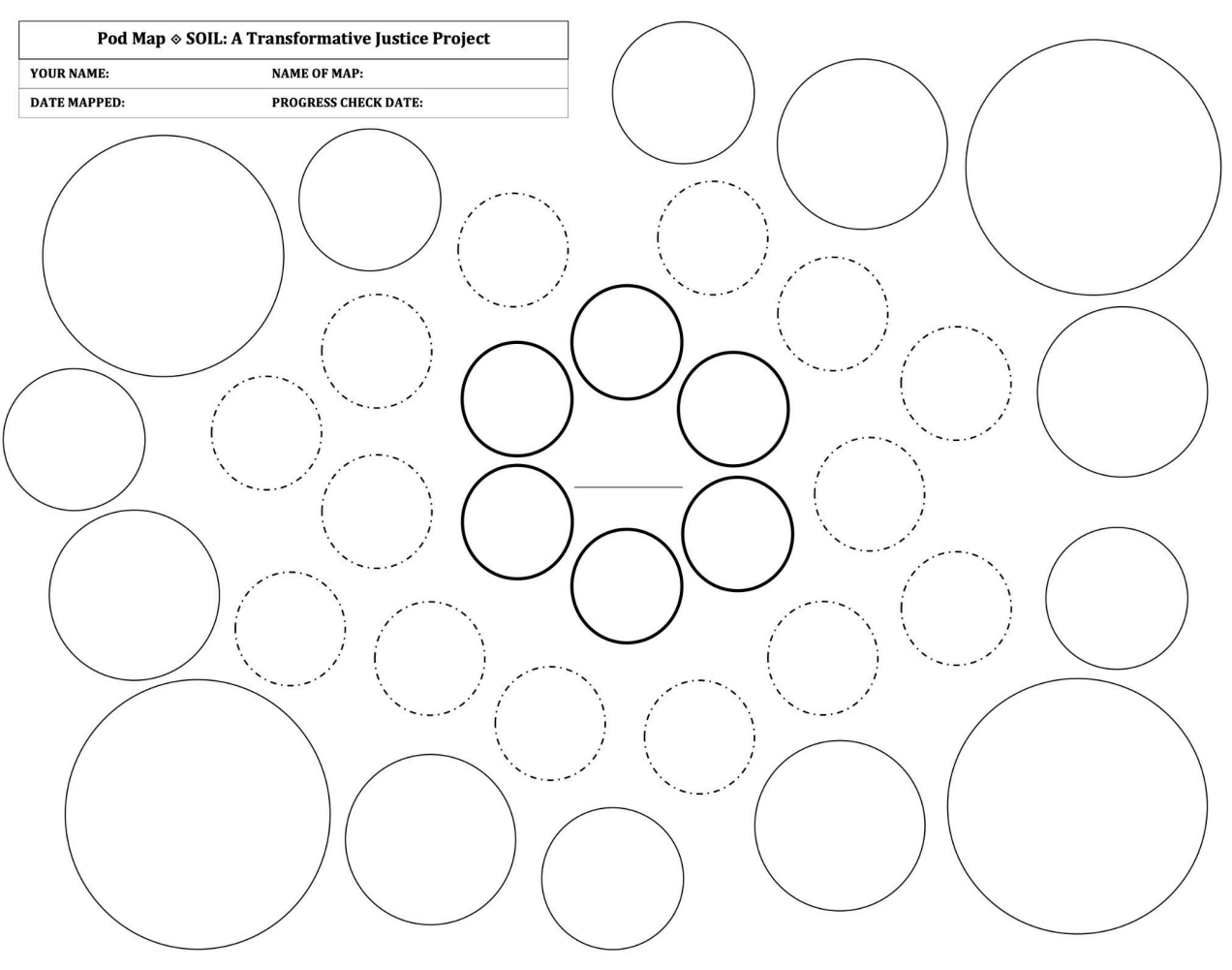
As someone who recently moved to a city I'm familiar with but haven't maintained a community in for many years, I'm in the process of intentionally mapping and building my pods across personal, professional, and organizing spheres.
Since I'm in a time of rapid expansion and I'm a child of digital tools, I felt the need for a more interactive, changeable approach. The following questions came up for me:
- What if I have more or less names than the template allows for?
- How can I accommodate for rapid growth/change?
- Where can I store this worksheet so it doesn't get lost in the digital debris?
- How can I easily invite my friends, family, and community into this exercise?
Mingus states: "If you find that you are needing a more custom pod map, I highly recommend hand drawing your own. I have seen many inspiring hand drawn pod maps over the last 7 years. I have loved the creativity and freedom with which people created their maps, using different shapes and sizes, color coding, and images. The goal is that your pod map works for you."
As someone with a practice oriented around code, I decided to design a pod map worksheet that would work best for me and address my questions - as an interactive web application.
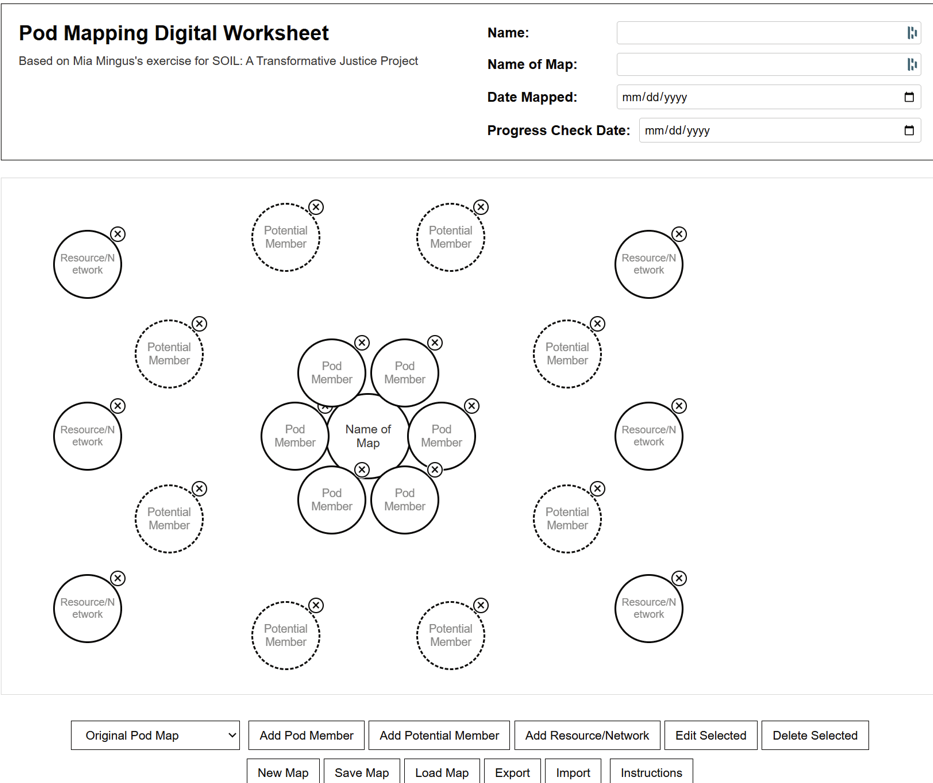
This felt like a good direction, something within scope that had room for further development and that others could make use of. It was important to me to have locally stored data, easeful and tracked changes, and customizability to answer the questions:
- How can I make this exercise as accessible digitally as possible?
- How do I ensure retention of ownership and privacy around this data?
I listed the things I wanted the digital pod mapping tool to include:
- Create, edit, and navigate different types of pod maps
- Store all data locally
- Keep website light with a simple black and white interface with circles (perhaps there are options for customization)
- Provide people further information about pod mapping (luckily the SOIL site is an awesome resource)
I've accomplished these but there is still much to do. Only some of the buttons work (although we'll see what changes by the time we present). It would be useful to incorporate screen reader compatibility, password protection, and other improvements to accessibility and security. Curious about any other dreams/hopes/desires. I would love to connect with Mia Mingus and get her feedback as well.
Try the interactive pod mapping tool here: https://taramoves.github.io/podmap/
Part of the reason I was drawn to this exercise is because I've spent the last 6 years of my life documenting my community through dance animations. It began as a way to practice animation and meet other creatives in Oakland, slowly expanding to become network visualizations as digital dance floors I would animate with After Effects.
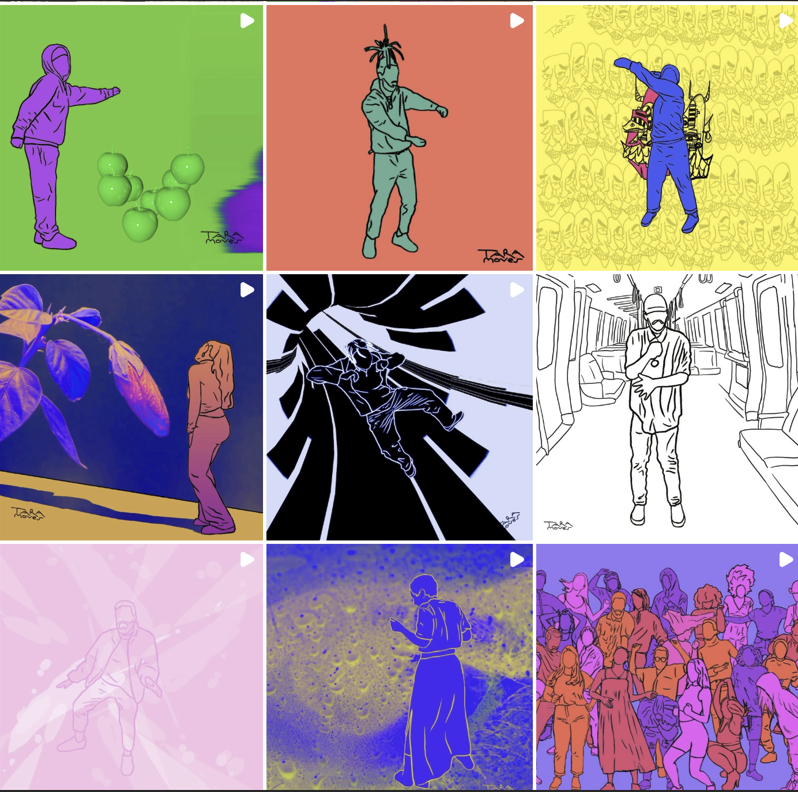
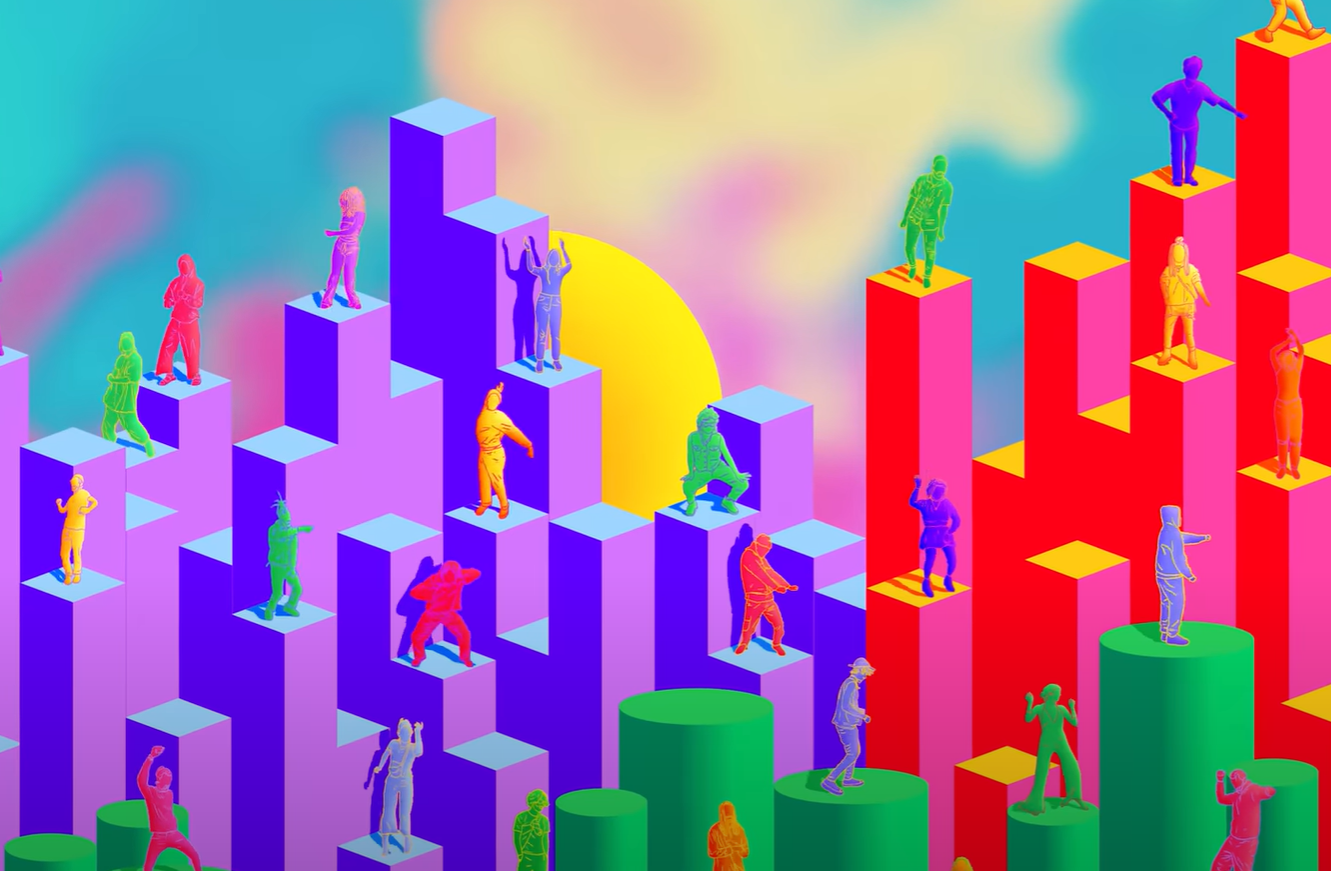
As I learned to code websites with p5.js, I became interested in moving beyond the prescriptive approach of keyframing in After Effects and instead using code to expand the generative possibilities of visualization.
What happens when I'm not setting the positions manually but rather surprised by the layout? What happens when I see two friends from different spaces/places/times in my life dancing alongside each other? What does that inspire? What does it open up for further network visualization and traversal?

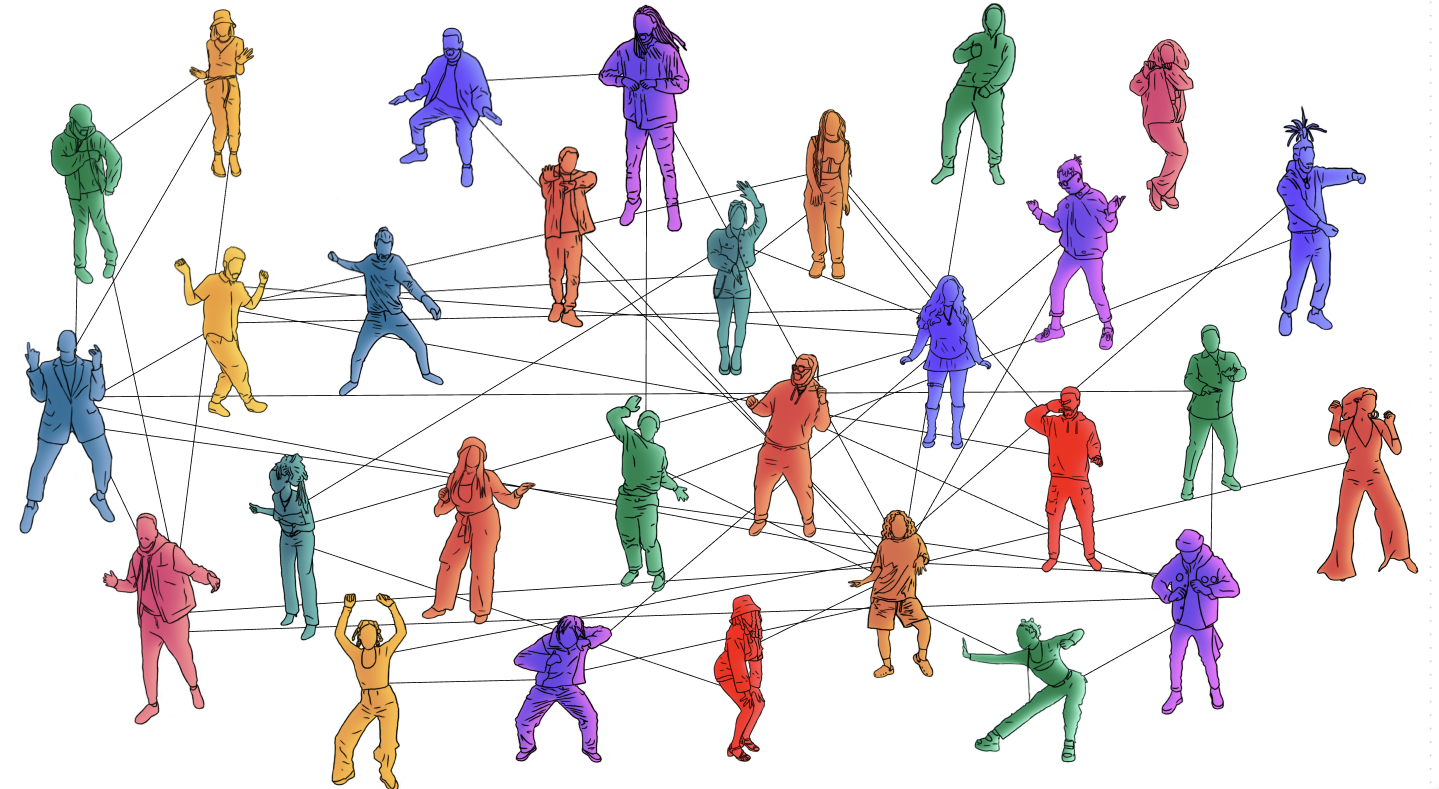
This project, which was primarily undertaken on Instagram from 2019 to 2021 took on its networked form alongside the slow decline of Instagram. As social media increasingly became an attention sinkhole and sales-oriented interventions took over previously friend-oriented feeds, I felt painfully constricted by the linear scroll that seemed determine to hide or bury the people I cared about most. As I experimented with code I began to imagine an alternative social network, where I could visualize my community in customizable ways, see what they were up to, and explore the intersections between them. This could still hold opportunities for discovery through friends of friends in increasingly wide and webbed dance floors. Inspired by pod mapping and the experience of building the digital tool I've begun to think about dynamic approaches to traversing the network:
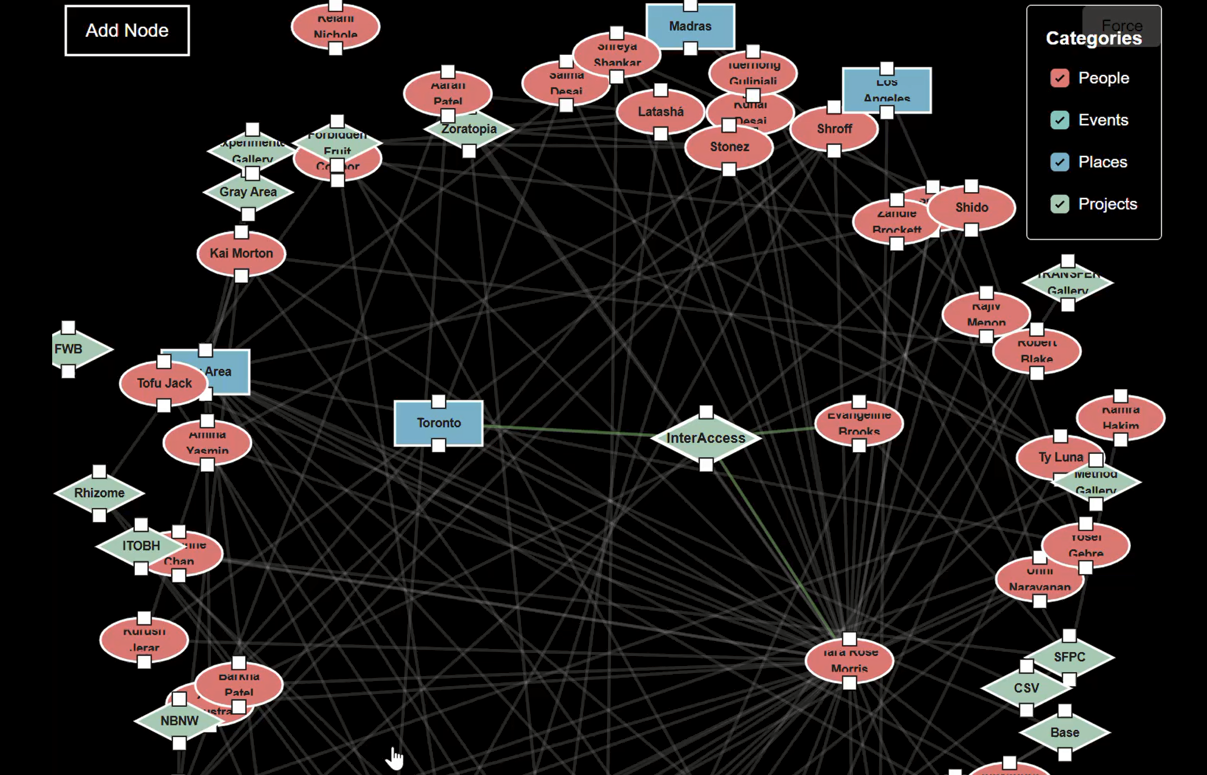

>>> These are early experiments that exist on non open source tools like Vercel and Github. Although I wasn't able to successfully setup my server due to challenges with time and technology, I hope to move forward with hosting both my pod mapping and MOVES social network site on my own server in the future. Overall I'm grateful for the time we spent together in this class, the Toronto cohort I got to spend in person time with, and all Max, Meghna, Olivia, and SFPC's hard work making this class happen. [I'm realizing I need to take more cool fun screenshots of interesting internet things/memes so it's not just documentation… additional goal.]